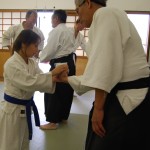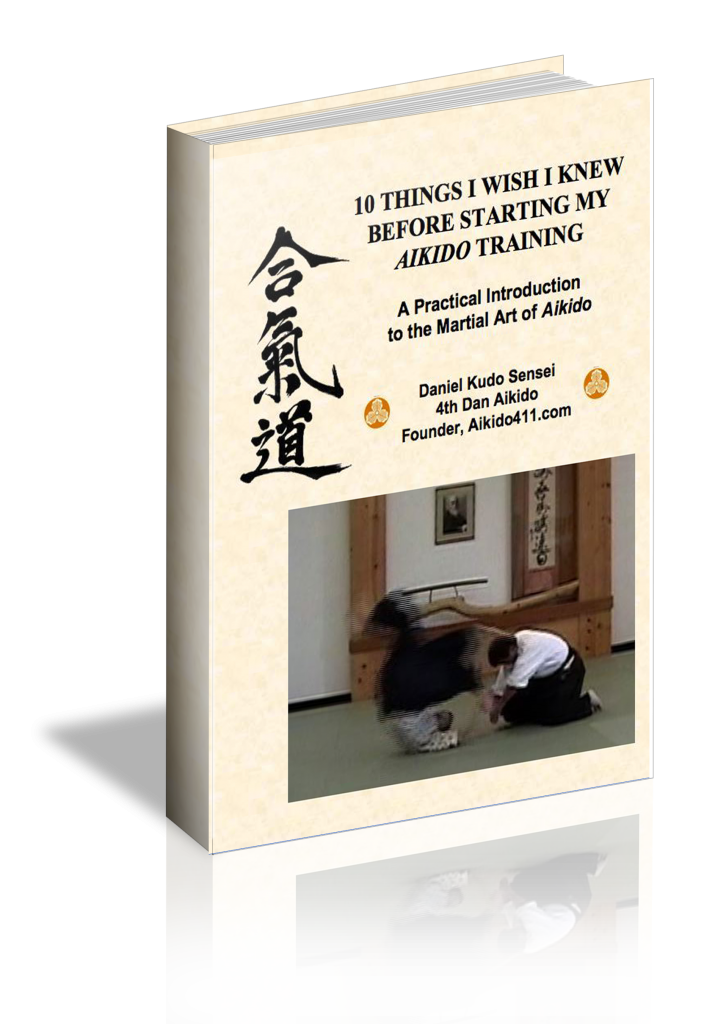
Aikido Techniques: Kotegaeshi
Aikido Techniques: Kotegaeshi – All Parts of the Hand Are Not Created Equal
Kotegaeshi is a fundamental Aikido technique designed to control the wrist so that uke and be taken down and controlled. It is also described by Robert Koga Sensei of the Koga Institute as “reverse wrist takedown” since the dorsal plane of the wrist is twisted or reversed to create the tension necessary to drive the wrist (and body) downward.
So if this Aikido Technique is this simple, does it work under all conditions?
As you might have guessed, the short answer is “no”. Most of us, at one time or another, have encountered “tough ukes” – ones that know what you intend to do and have already set their bodies in a manner that permits blocking of your chosen technique. The first way, which is by far the most common, is for nage to try to overpower the resistance. This is the least desirable because it violates the central premise of Aikido, which is the blending or harmonization of energy. Another approach is to talk to uke and convince him/her that by blocking technique nobody learns anything, which may be an “aha” moment or pass completely unnoticed. Another way is to execute a henkan waza (called switching techniques), which blends with the force of the blocking movement and thereby captures the center.
Aikido Techniques: Can the Anatomy of the Hand Provide a Clue?
Let’s take the Aikido technique of kotegaeshi back to basics and ask a very simple but not quite so obvious question: “does it matter which part of the hand ki is extended for kotegaeshi?” The answer, according to Robert Koga Sensei is yes and it deals directly with the anatomy of the hand. If you look closely at the metatarsals, the bones which connect the wrist bones to the knuckles, Koga Sensei points out that all are strong except for the “pinkie” finger. Sensei demonstrates that this area of even the most powerful of uke’s cannot withstand the force of generated by the kotegaeshi technique.
Aikido Techniques: Anatomy and Technique – Application on the Mat
Koga Sensei demonstrates this so beautifully with a big uke. Simply applying ki to the outside portion of the hand causes the kotegaeshi technique to be applied with a relatively small amount of force. Again, the metatarsal bone connected to the pinkie simply gives way to the force of the technique being applied. It is a demonstration that a basic understanding of human anatomy can help provide us with a key to the effective execution of Aikido techniques.

Leave a Reply